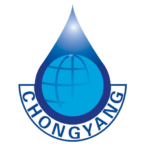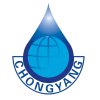Uses of Reverse Osmosis Equipment for Kidney Dialysis
Reverse Osmosis Equipment for Kidney Dialysis: A Critical Component in Renal Care
In the healthcare industry, particularly in renal care, water quality plays a pivotal role in ensuring patient safety and effective treatment. One of the most critical water treatment systems for kidney dialysis is the Reverse Osmosis (RO) system, which helps to provide ultra-purified water free from harmful contaminants.
This article will provide an in-depth overview of reverse osmosis equipment designed specifically for kidney dialysis, including product descriptions, treatment capacities, the reverse osmosis process, and materials used in these systems.
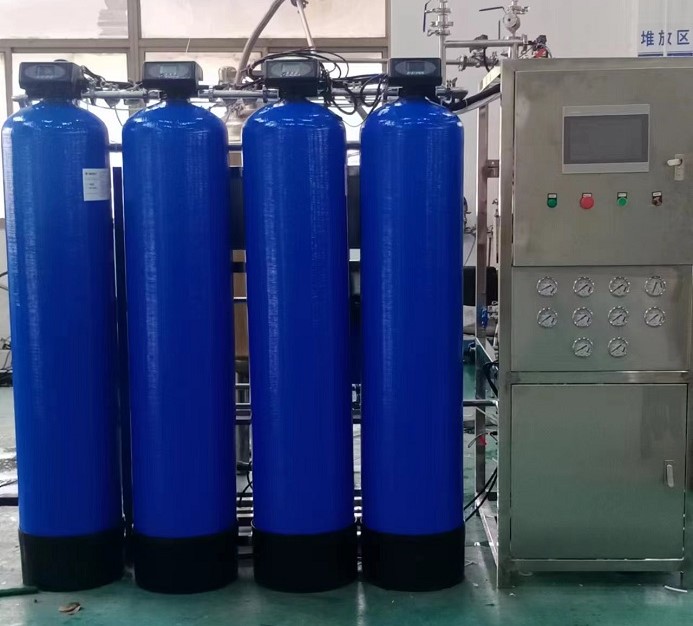
THE DETAILED TECHNICAL PARAMTER
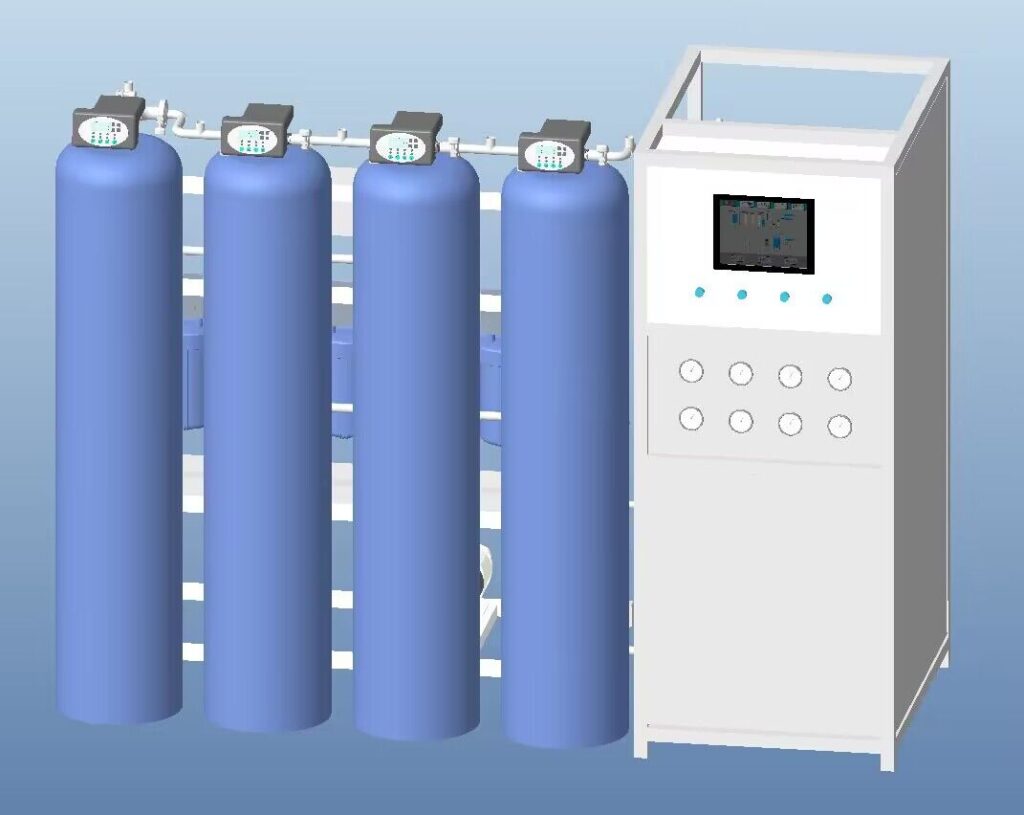
Treatment Capacity
Reverse osmosis equipment for kidney dialysis is available in various capacities, typically ranging from 100 L/H to several thousand liters per hour (L/H), depending on the needs of the healthcare facility. Common capacities for dialysis centers often range from 500 L/H to 1,000 L/H, designed to meet the water demands of multiple dialysis machines operating concurrently.
The capacity of an RO system for dialysis should be matched to the facility’s usage, considering factors like the number of dialysis machines, patient load, and the frequency of dialysis treatments. Customizable models are available to ensure that the equipment is tailored to meet specific clinic or hospital requirements.
The Reverse Osmosis Process in Dialysis
The Reverse Osmosis (RO) process is a water purification method that forces water through a semi-permeable membrane under pressure. This membrane only allows water molecules to pass through, while contaminants such as salts, chemicals, and particles are left behind. The process is highly effective in producing purified water, which is essential for dialysis treatment, as any impurities in the water could negatively affect the patient’s health.
In kidney dialysis, the RO system is typically part of a multi-stage water treatment process, which includes:
Pre-treatment: This stage includes filtration to remove large particles, sediment, and chlorine, which could damage the RO membrane.
Reverse Osmosis: Water is passed through the RO membrane, where it is purified to remove dissolved salts, heavy metals, bacteria, and other contaminants.
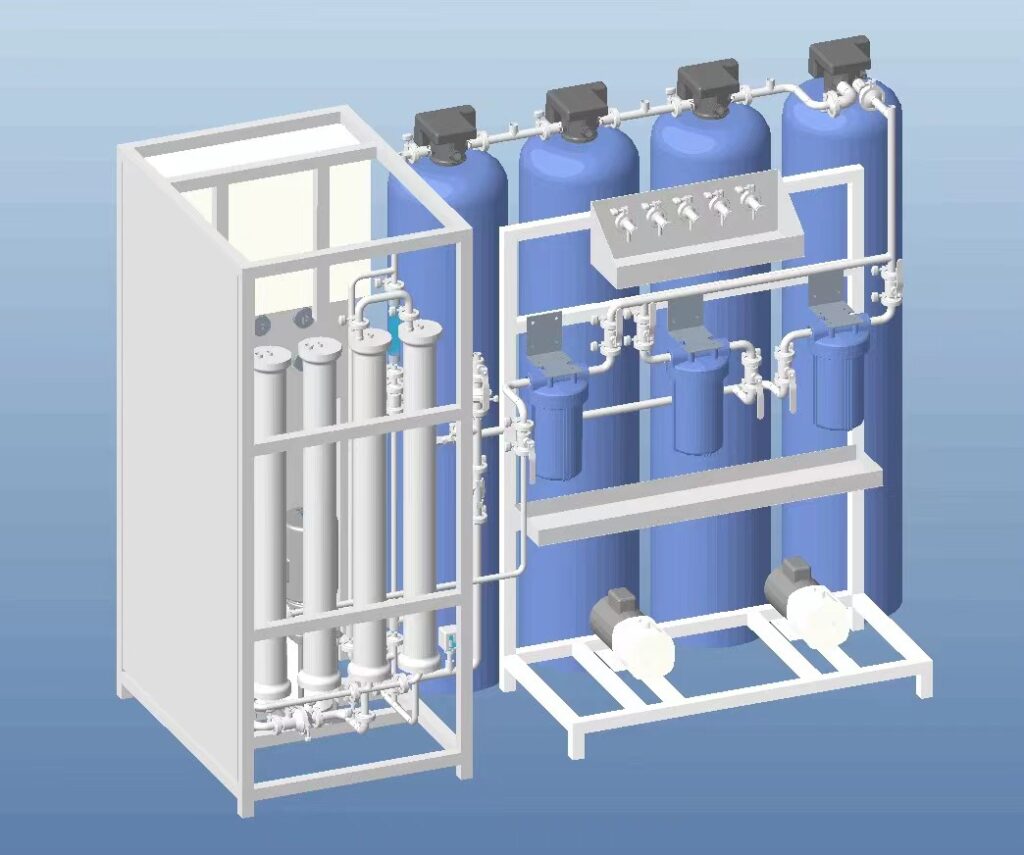
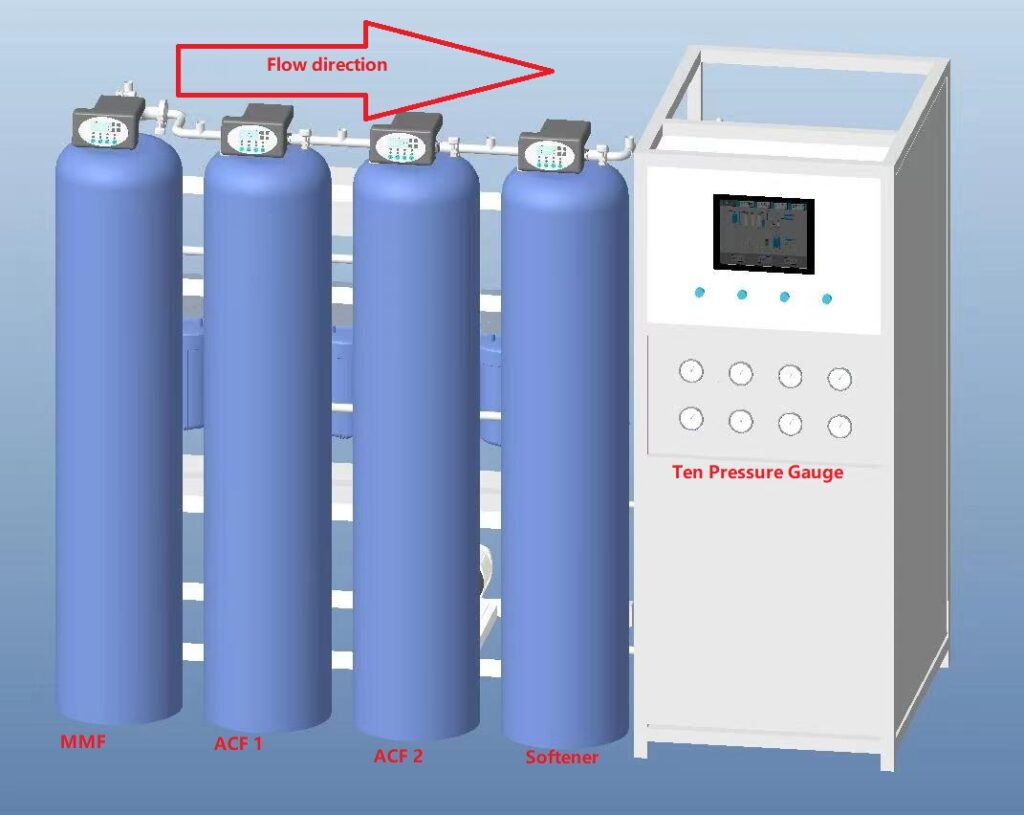
Customizable Options
Reverse osmosis equipment is an essential component in the healthcare industry, particularly for kidney dialysis treatments. It ensures that the water used in dialysis is of the highest quality, free from contaminants that could harm patients. With customizable options, high efficiency, and compliance with strict regulatory standards, RO systems for kidney dialysis offer healthcare providers a reliable solution for ensuring patient safety and effective treatment. By choosing a high-quality reverse osmosis system, hospitals and dialysis centers can maintain the high standards of care required for renal patients.
